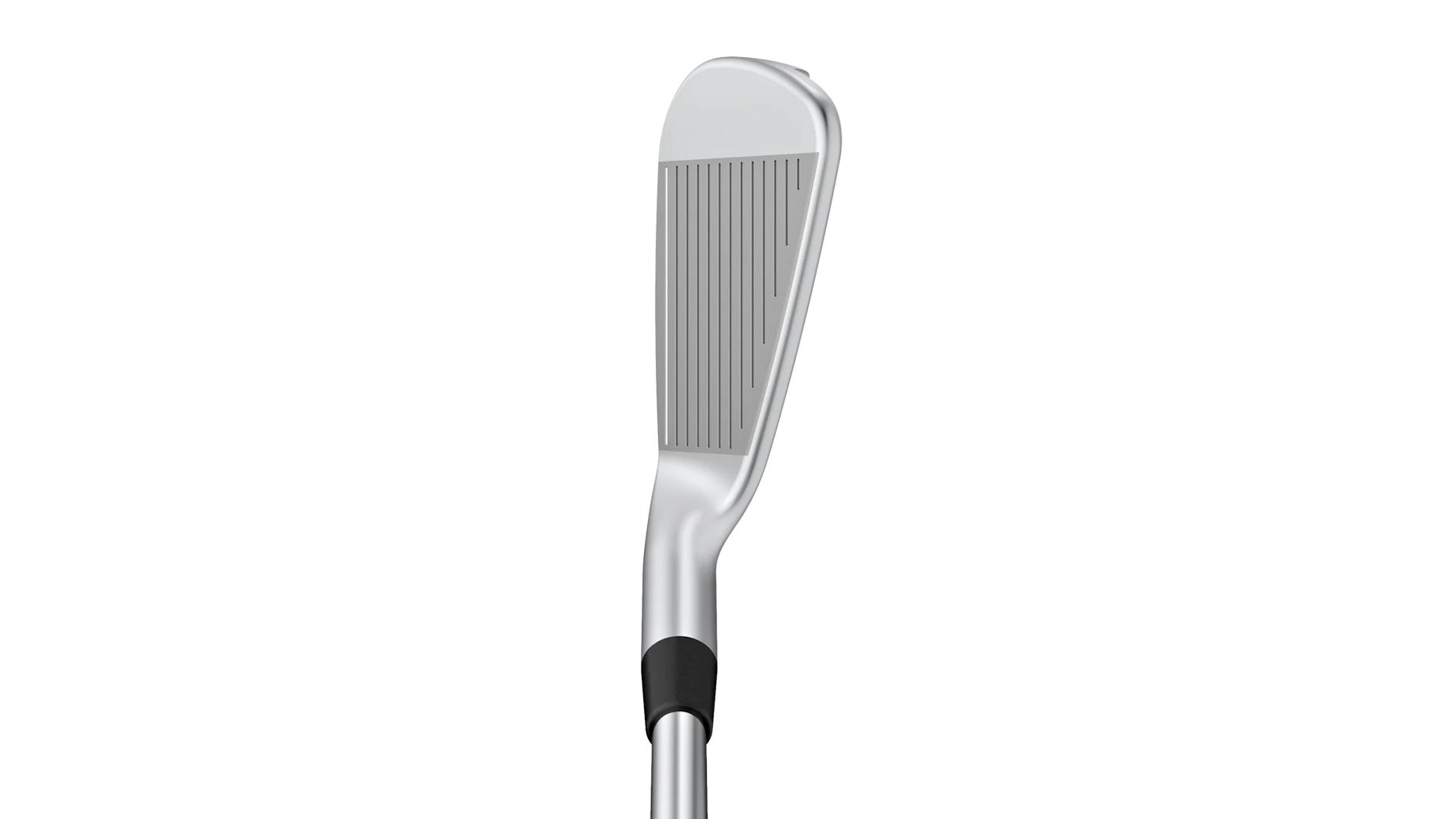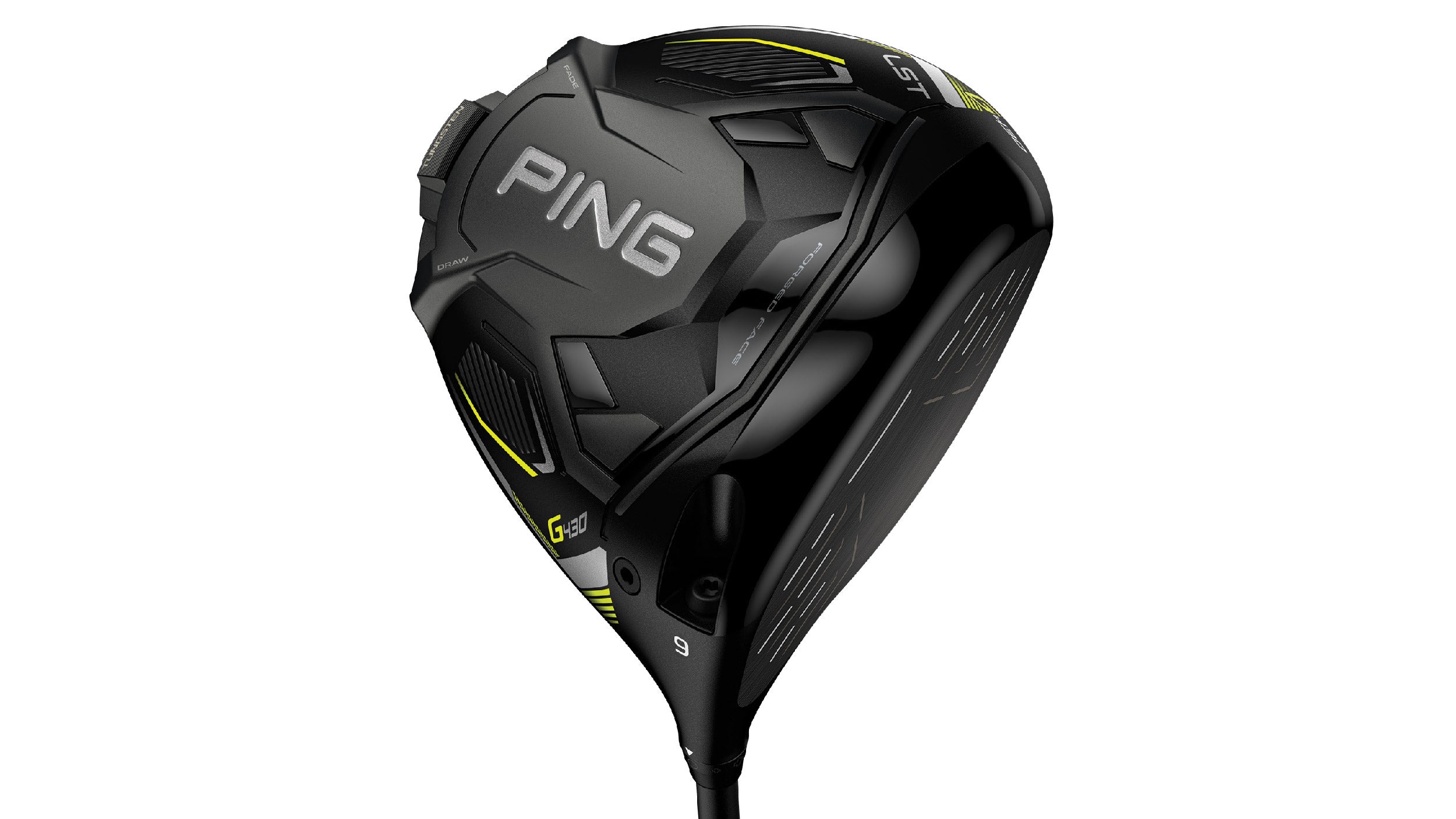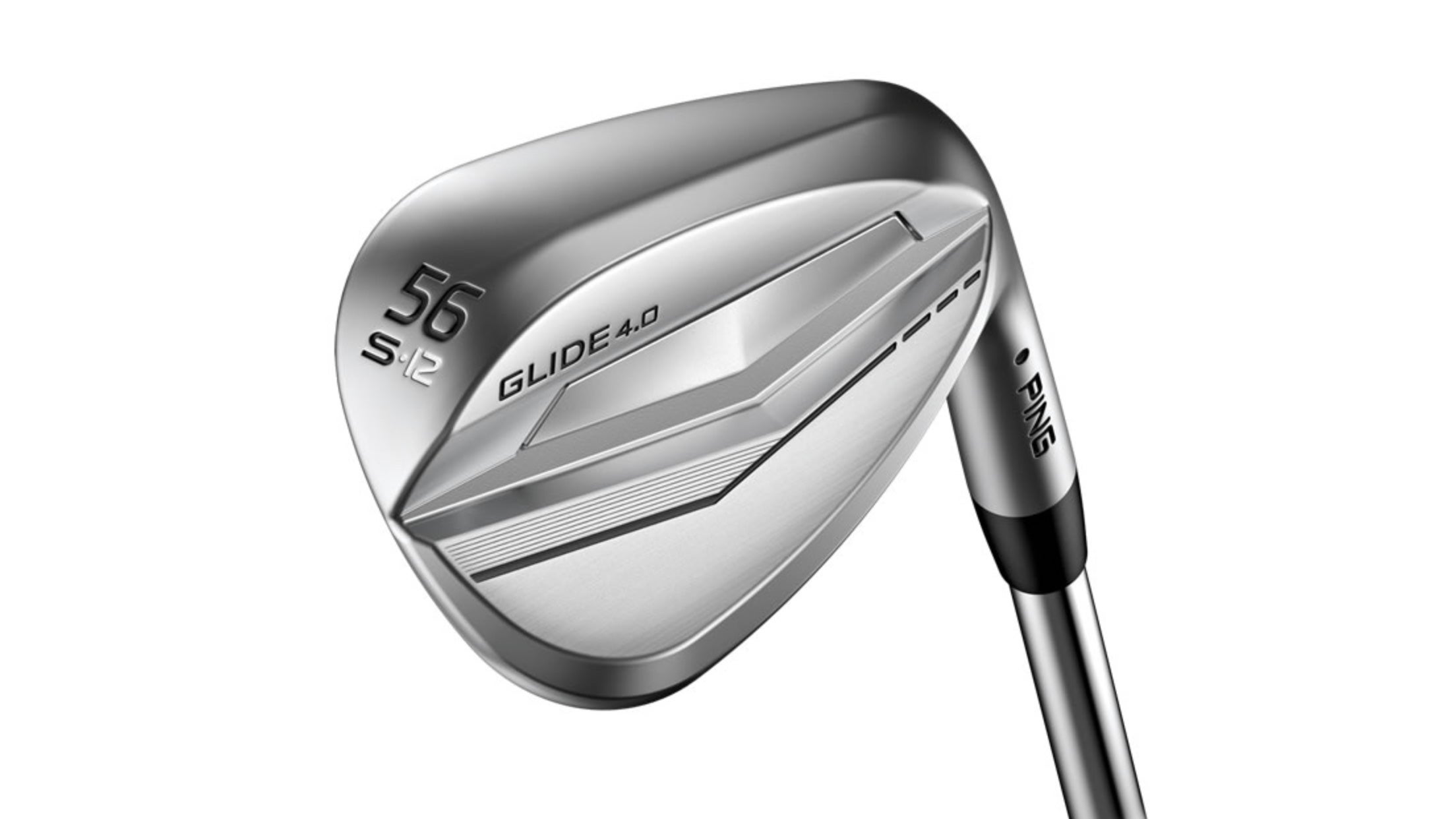HIGHLIGHTS
 ONE-PIECE FORGINGS
ONE-PIECE FORGINGS  SQUARED TOE
SQUARED TOE  BUILT TO BLEND
BUILT TO BLEND Quick Hits
| Launch | Bias | Spin | Price |
|---|---|---|---|
| High | N/A | High | $212.50/club |
| High | N/A | High | $212.50/club |
Club Comparison
Ping Blueprint S and T Irons
Ping isn’t one to release players’ irons very often, so when they do, there’s typically a big reason behind the change. In the case of the new Blueprint S and T irons, Ping designers felt that they had enough feedback from their stable of Tour players to create a new family of Blueprint irons. The goal, they said, was simple: to deliver a performance and control advantage over the previous generation.
Both the Blueprint T and S irons are one-piece forging, but what separates the pure blade design of the T from the S is what Ping designers call “precision pocket” forging. Precision pocket forging is a patented technique that allows Ping designers to forge a “pocket” into the cavity of the longer irons (3, 4 and 5-irons) to save 10 grams that can be repositioned around the head for increased stability on mishits.
To go along with very similar address profiles, the Blueprint T and S irons share the same standard lofts as each other and Ping’s very popular i230 irons, which allows them to blend seamlessly from club to club when building a combo set.
So whether you’re looking for pure blades, a forged cavity back, or a combo set with some extra forgiveness in the longer irons, Ping has something for you with the new Blueprint T and S irons.










